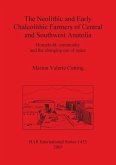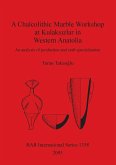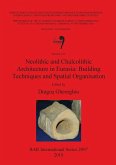This book evaluates the epistemology by which archaeology has translated the architectural record at Late Neolithic and Early Chalcolithic (6500-5500 BC) sites in central Anatolia into interpretations of social organisation. The first part of the book provides a summary of existing knowledge on the study region, architecture in particular. The second part conducts a content analysis of 284 publications and systematically maps and critiques the archaeological discourse around Late Neolithic and Early Chalcolithic architecture and social organisation. As a by-product of this discussion, the book also provides an exploration of how people in central Anatolia during this period used architecture to create communities. In the tradition of reflexive archaeology, the main purpose of this book is to critically evaluate past research practices to contribute to their improvement. It seeks to improve the research tools to understand the Late Neolithic and Early Chalcolithic as important transformative time periods in Anatolian prehistory that influenced the further course of southwest Asian and European prehistory, for example by initiating development towards social stratification.
Hinweis: Dieser Artikel kann nur an eine deutsche Lieferadresse ausgeliefert werden.
Hinweis: Dieser Artikel kann nur an eine deutsche Lieferadresse ausgeliefert werden.








